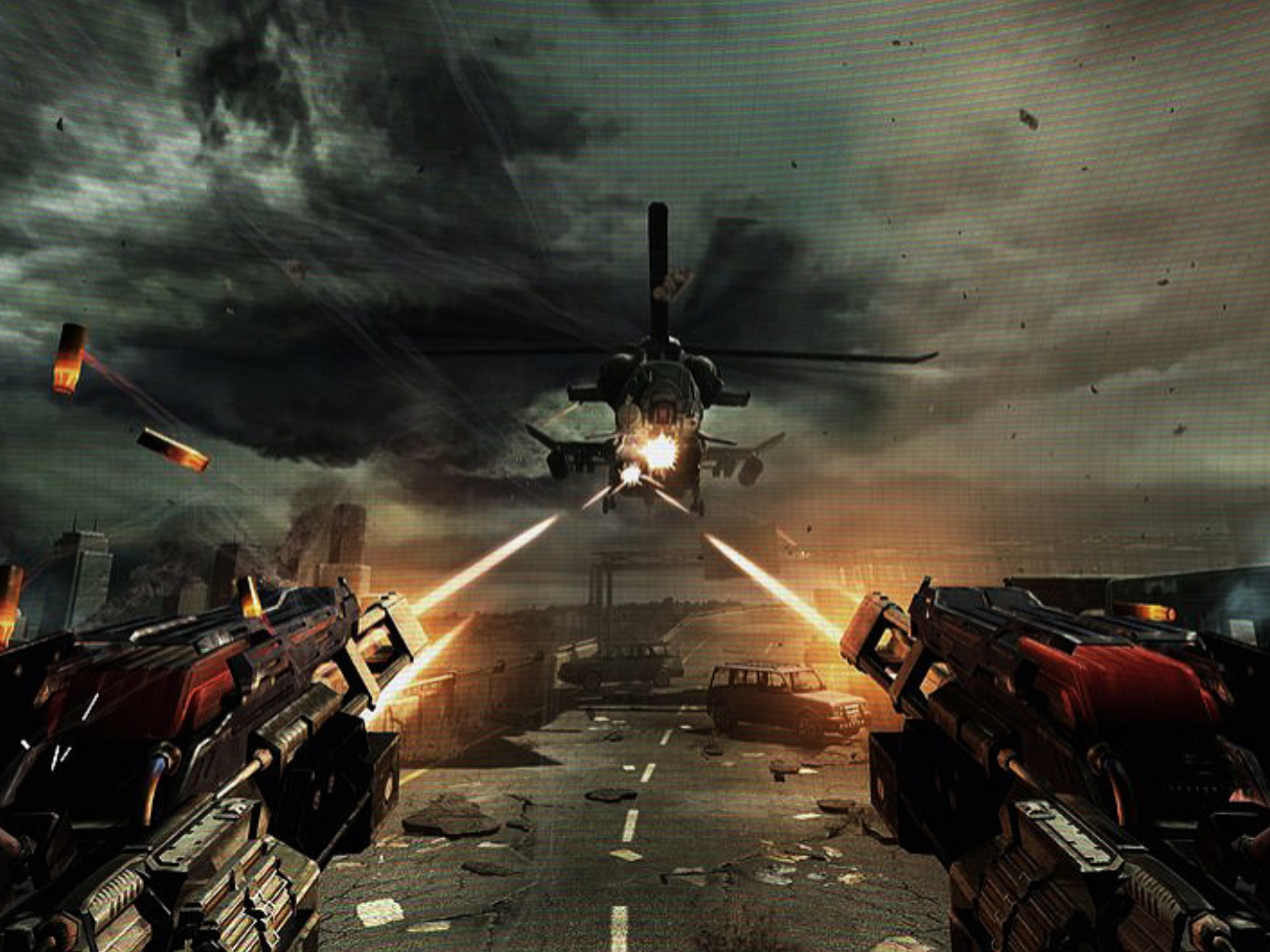Title: Beyond the Frame: Finding Meaning in the Optimism Overload Shelter Sign Installer Simulator VR - Place Missions DLC
The virtual reality landscape is a wild, untamed frontier, a digital Serengeti where the most photorealistic dinosaurs roam alongside abstract, polygonal art pieces. It is a medium of extremes, capable of inducing profound awe or trivial boredom. In this vast ecosystem, a peculiar and quietly revolutionary species has emerged: the Optimism Overload Shelter Sign Installer Simulator VR – Place Missions DLC. To the uninitiated, the title alone is a absurdist joke, a parody of the hyper-specific "simulator" genre. But to those who have strapped on the headset and picked up their virtual toolkit, it reveals itself as one of the most unexpectedly poignant commentaries on purpose, memory, and the quiet architecture of hope in a broken world.
The base game, Optimism Overload Shelter Sign Installer Simulator VR, established the hauntingly beautiful premise. The player inhabits the role of a technician in a post-cataclysm future. A great, unnamed event has rendered the surface world inhospitable. Humanity survives in a vast, underground network known as the Optimism Overload Shelters. Your job is not one of heroism, exploration, or combat. It is one of pure, bureaucratic necessity: you install and maintain the signage within these cavernous, concrete havens. You calibrate the glowing arrows pointing to "Sector 7-G Hydroponics," replace flickering placards for "Decontamination Chamber C," and ensure every "Hope Starts Here" motivational placard is perfectly level. The genius of the base game was its atmospheric dread, juxtaposed with the mundane satisfaction of a job well done. The world had ended, but the exit signs still needed to be compliant with safety regulations.
The Place Missions DLC does not expand the map or add new tools. Instead, it radically recontextualizes the entire experience. It introduces a new layer to your PDA: the "Personal Directive Archive." Through this, you receive special assignments from the Shelter Administration. These are the "Place Missions."

A mission notification chimes with a soft, melancholic tone. The directive is simple: "Proceed to Residential Unit 42-B, Sub-Level 9. Install designated personal artifact." You are given a case. Inside is not a standard-issue sign, but an object. A chipped ceramic mug with a faded cartoon dog on it. A small, hand-stitched cloth rabbit. A pre-collapse data-slate containing a single song. Your objective is to enter the assigned, often abandoned, residential pod and place this item in a specific location—on a bedside table, a empty shelf, a child's deserted bunk.
This is where the DLC transcends its simulator roots and becomes something closer to interactive archaeology. As you enter these silent, dust-moted spaces, your audio sensors pick up faint, ghostly echoes. A child's laughter from a room that has been empty for decades. The murmur of a couple arguing. The soft hum of a lullaby. These are not jump scares; they are emotional hauntings. You are not just placing an object; you are performing a ritual of remembrance.
The genius of the VR interface is paramount. The weight of the mug in your hand, the careful precision required to set the cloth rabbit just so on the pillow, the way you have to physically crouch to look under the bed—these actions ground the experience in a powerful physicality. This isn't a cutscene about loss; it is a embodied performance of curation. You are an archivist of the intimate, a conservator of forgotten lives.
The DLC's narrative is not fed to you through exposition, but excavated through these actions. Why is the administration doing this? Logs you can access on terminals hint at a "Psychological Continuity Project." The theory is that by re-seeding the empty spaces with fragments of personal history, they can combat the creeping existential despair of generations born underground, who have never known a sunrise or a natural breeze. They are trying to build a soul for the shelter, one remembered artifact at a time. Are these items recreations? Were they scavenged from the ruins above? The game is smart enough to never fully answer, leaving the mystery to linger, making your role even more powerfully ambiguous.
A particularly devastating mission involves placing a small, solar-powered calculator on the desk of a sealed-off engineering office. As you position it, a ghostly echo of a man, desperate and tired, speaks: "…if we can just reroute the tertiary power coupling through the geothermal tap, the efficiency gain might be enough… enough to last…" The calculation on the calculator's screen, now dead and dark, was his last hope. You are not just placing a calculator; you are bearing witness to his final, failed calculation for survival.
The Place Missions DLC is a masterclass in environmental storytelling and ludonarrative harmony. It uses the very mechanics of its absurd premise—the hyper-realistic physics of twisting a screwdriver, the laser-leveling of a picture frame—to make its emotional payload land with incredible force. It argues that in the face of oblivion, the most radical act of optimism might not be fighting monsters, but meticulously, tenderly, preserving the memory of a little girl’s favorite toy. It turns the player from a simple installer into a quiet guardian of ghosts, suggesting that the signs which truly guide us are not arrows pointing to the cafeteria, but the fragile, placed objects that point toward what it once meant to be human.


















